Welcome to this article, which is an in-depth guide to pharmaceutical packing, If you’re looking for any information about pharmaceutical packing, you will find it right here. So keep reading to learn more.
1. What is pharmaceutical packing?
Pharmaceutical packaging refers to the use of appropriate materials or containers, the use of packaging technology, to divide (fill), seal, pack, and label semi-finished or finished pharmaceutical preparations, provide quality assurance, and identification of trademarks and descriptions for pharmaceuticals.
The pharmaceutical packing itself can be understood from two aspects: from a static point of view, the packaging is to pack the drug with relevant materials, containers, and auxiliary materials, and play its due function; from a dynamic point of view, the packaging is to use materials.
Processes and operations are the technical methods of containers and auxiliary materials. Pharmaceutical packaging can be divided into two categories: inner packaging and outer packaging. Its function mainly has three aspects, that is, protection function, convenient application, and product promotion.
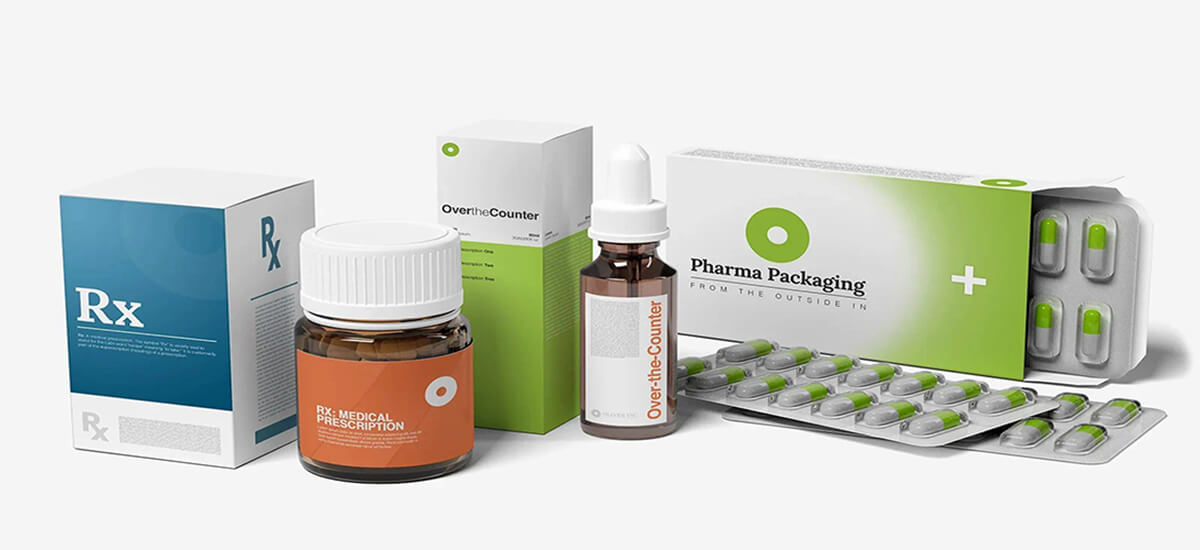
2. Materials for pharmaceutical packing
The following are common questions about materials of pharmaceutical packing.
1) What are the materials for pharmaceutical packing?
Product packaging materials refer to the materials used to make packaging containers, packaging decoration, packaging printing, packaging, and transportation to meet product packaging requirements, which include metal, plastic, glass, ceramics, paper, bamboo, wild mushrooms, natural fibers, chemical fibers, composite materials and other main packaging materials, including coatings, adhesives, strapping, decoration, printing materials, and other auxiliary materials.
2) What are the requirements for pharmaceutical packaging materials?
- Certain mechanical properties Packaging materials should be able to effectively protect products, so they should have certain strength, toughness, and elasticity to adapt to pressure and impact. Vibration isostatic and dynamic factors.
- Barrier performance According to different requirements for product packaging, packaging materials should have a certain resistance to moisture, water vapor, gas, light, aroma, odor, heat, etc.
- Good safety performance The toxicity of the packaging material itself should be small, so as not to pollute the product and affect human health; the packaging material should be non-corrosive and have properties such as insect-proof, moth-proof, rodent-proof, and microbial inhibition to protect the product safety.
- Appropriate processing performance Packaging materials should be suitable for processing, easy to make into various packaging containers, easy to mechanize and automate packaging operations, and suitable for large-scale industrial production.
- Better economic performance Packaging materials should come from a wide range of sources, be easy to obtain, and be low in cost. After use, packaging materials and packaging containers should be easy to handle, without polluting the environment or causing a public nuisance.
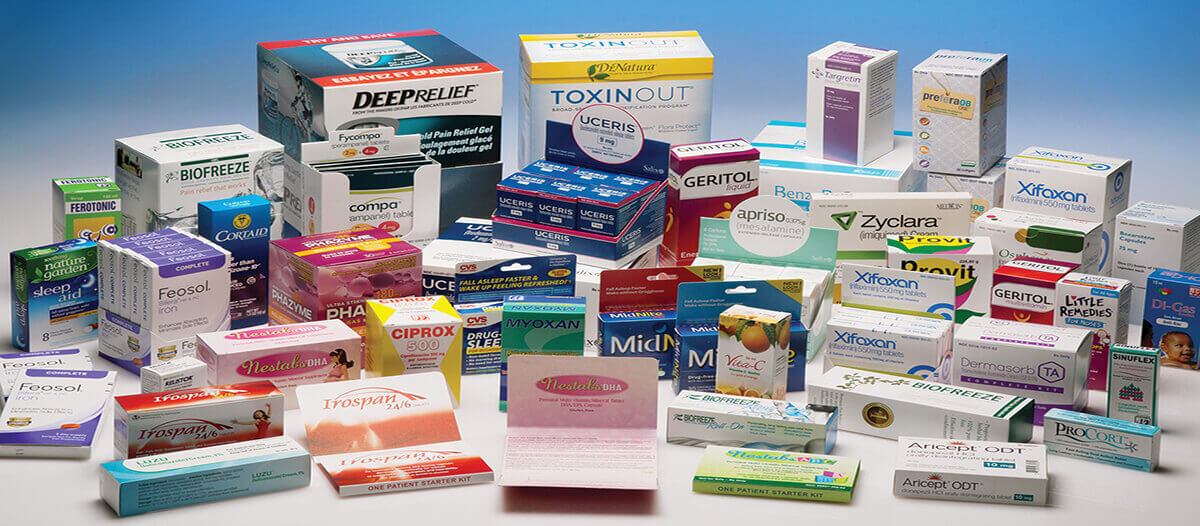
3. What are the classifications of pharmaceutical packaging materials?
Common pharmaceutical packaging includes packing tape, plastic packing tape, stretch film, PE stretch film, and many other packaging materials.
Usually divided into the following three levels:
- class I pharmaceutical packaging materials refer to pharmaceutical packaging materials and containers that are directly in contact with pharmaceuticals and used directly.
- class II pharmaceutical packaging materials refer to pharmaceutical packaging materials and containers that are in direct contact with pharmaceuticals but are easy to clean. In actual use, they need to be cleaned and can be sterilized and sterilized.
- Class III pharmaceutical packing materials refer to other pharmaceutical packing materials and containers other than Class I and II that may directly affect the quality of drugs.
According to the purpose, it is usually divided into three categories: single-dose packaging, inner packaging, and outer packaging:
Refers to the process of packaging drugs in divided doses according to their use and administration method. For example, packing granules into small packaging bags, glass ampoules packaging for injections, packing tablets and capsules into blister-type aluminum-plastic materials, etc., this type of packaging is called sub-dose packaging.
The process of packing several or dozens of medicines into one container or material is called inner packaging. For example, pack several finished tablets or capsules into blister-type aluminum-plastic packaging materials, and then put them into cartons, plastic bags, metal containers, etc., to prevent moisture, light, microorganisms, external force impacts, and other factors from damaging the drugs. and impact.
The process of packing the medicines that have completed the inner packaging into boxes or containers such as bags, barrels, and cans is called outer packaging. The purpose of the outer packaging is to further concentrate the medicines in small packages in larger containers, so as to facilitate the storage and transportation of medicines.
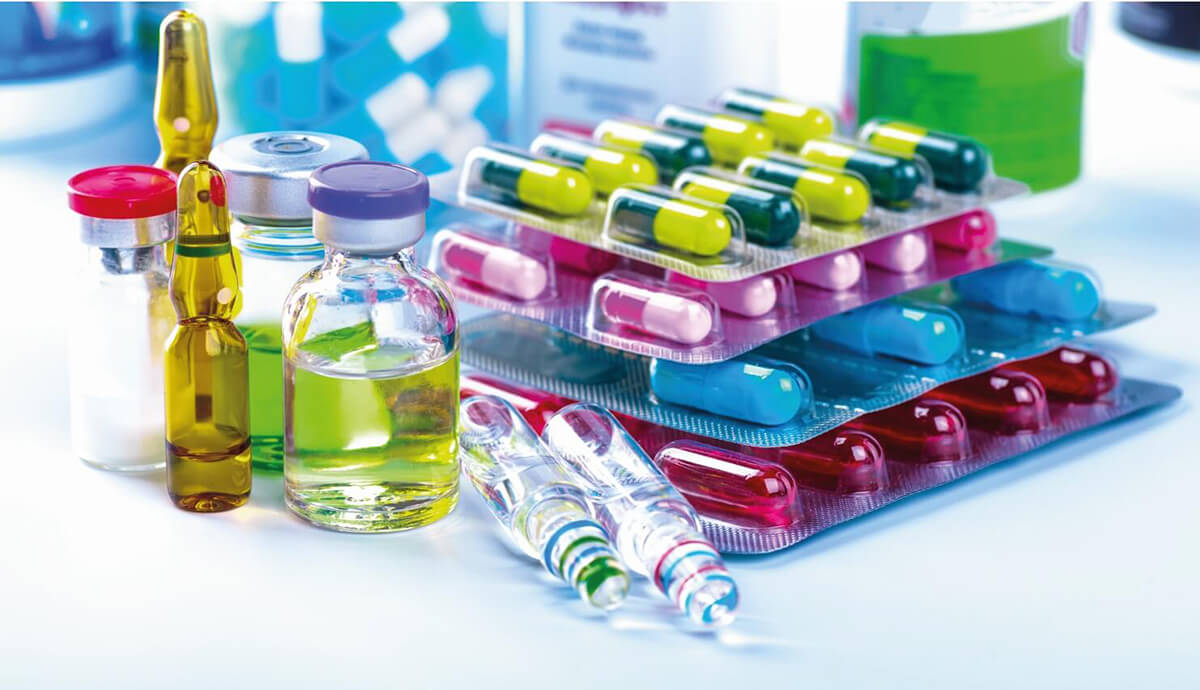
4. What are the pharmaceutical packaging processes?
Gravure printing is commonly used in the printing process of Young pharmaceutical packaging, so the choice of solvent in gravure printing is very important. The solvent is an important component of gravure printing ink. It has solubility and volatility. Its volatilization speed is an important factor in determining the drying speed and printing quality of volatile ink.
The solvent volatilizes slowly, and the reproducibility of the printed image is relatively good, but if the volatilization speed is too slow, the printed matter cannot be completely volatilized, and the fluorescent ink layer is prone to adhesion, resulting in blurred anti-counterfeiting images and dirty layouts, affecting anti-counterfeiting effect and the overall appearance of the product; on the contrary if the solvent in the ink volatilizes too fast during the printing process.
There will be phenomena such as ink color whitish, sticking roller, etc. There is a hidden danger of failure of the ink layer sticking back, causing the back of the packaging material to become dirty, and bright color spots can be clearly seen under the ultraviolet light. It makes consumers feel unhygienic, which may affect the next coating and compounding process in severe cases.
Since the printing equipment and operating environment of each manufacturer are different, such as the speed of the printing machine, the structure of the drying system, the characteristics of the printing material, the temperature and humidity in the room, etc. must be considered, so for the printing process: the solvent in the process.
The use of all factors should be considered comprehensively. Usually, the dissolution parameters of the binder resin are compared and combined with the above requirements. Two or three solvents with different boiling points can be used together to achieve the expected complete anti-counterfeiting effect pattern.
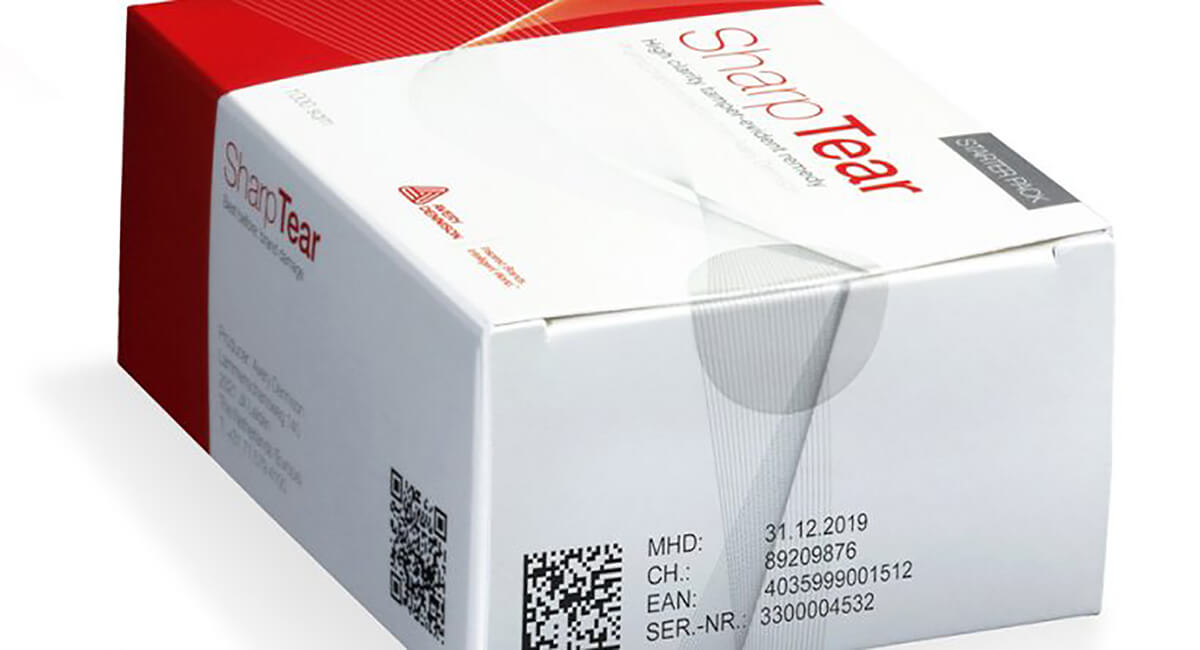
5. Will there be an anti-counterfeiting code on the pharmaceutical packing?
Visible fluorescent ink anti-counterfeiting: the material used is tangible fluorescent ink, the printing process is simple, the registration is accurate, the printing effect is the same as that of ordinary ink printing, but under the irradiation of ultraviolet light, the printed matter shows abnormal light, at this time, it can be distinguished from ordinary ink.
The use of fluorescent ink types is very important to the quality of the anti-counterfeiting effect of the packaging. If the choice is inaccurate or poor, the anti-counterfeiting effect may not be obvious or any anti-counterfeiting requirements may not be met at all.
For example, according to the color rendering theory of chromatic light and in terms of the principle of light absorption, color light with medium and long wavelengths absorbs short wavelengths.
Therefore, you must be cautious when choosing fluorescent anti-counterfeiting inks. In the general printing system, when there is an ink that produces its complementary color light or ink with a longer wavelength than the selected fluorescent ink, it is best not to use this fluorescent ink or it will not achieve a certain anti-counterfeiting effect after use.
Therefore, in the production process of using fluorescent anti-counterfeiting inks in the pharmaceutical packaging industry, the selection of fluorescent inks for various printing primer materials in the printing system is particularly important.

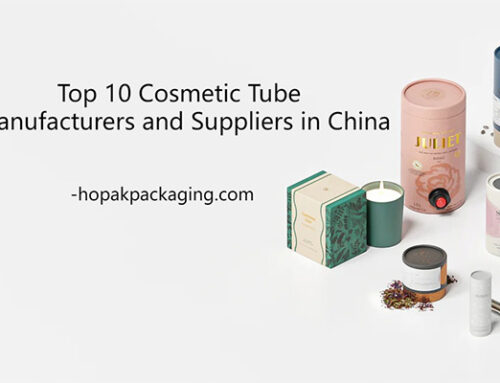
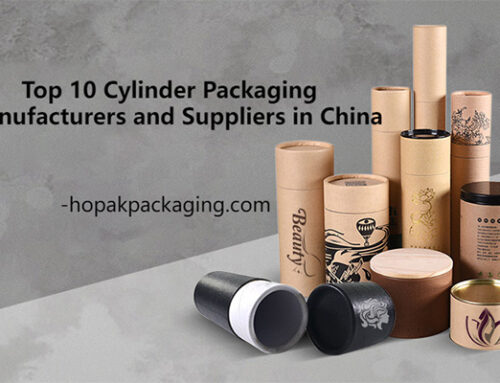
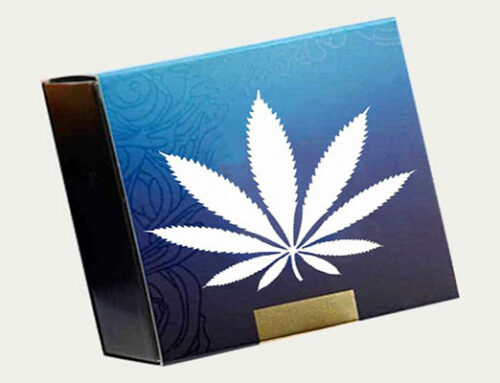
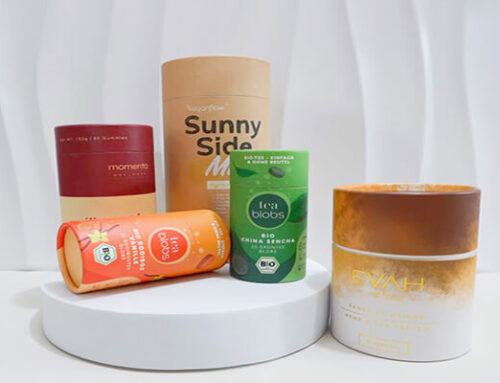
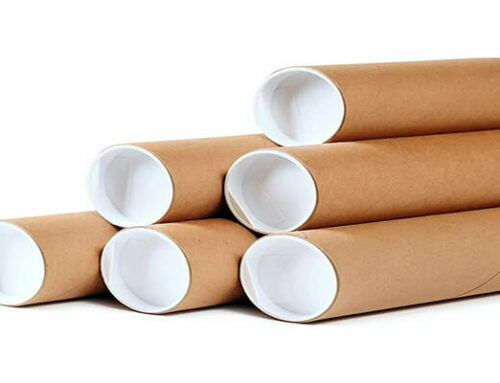
Leave A Comment